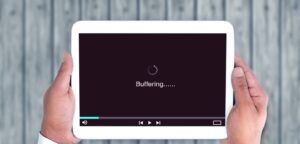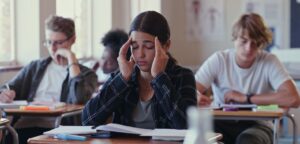
What Ted Lasso Taught Me about My First Semester of Teaching
As a first-year professor on the tenure track, I’m looking for inspiration from any source, including Apple TV’s Ted Lasso. The series is about an American college football coach hired by an English soccer team. Like many of the show’s more than 500 million viewers,











